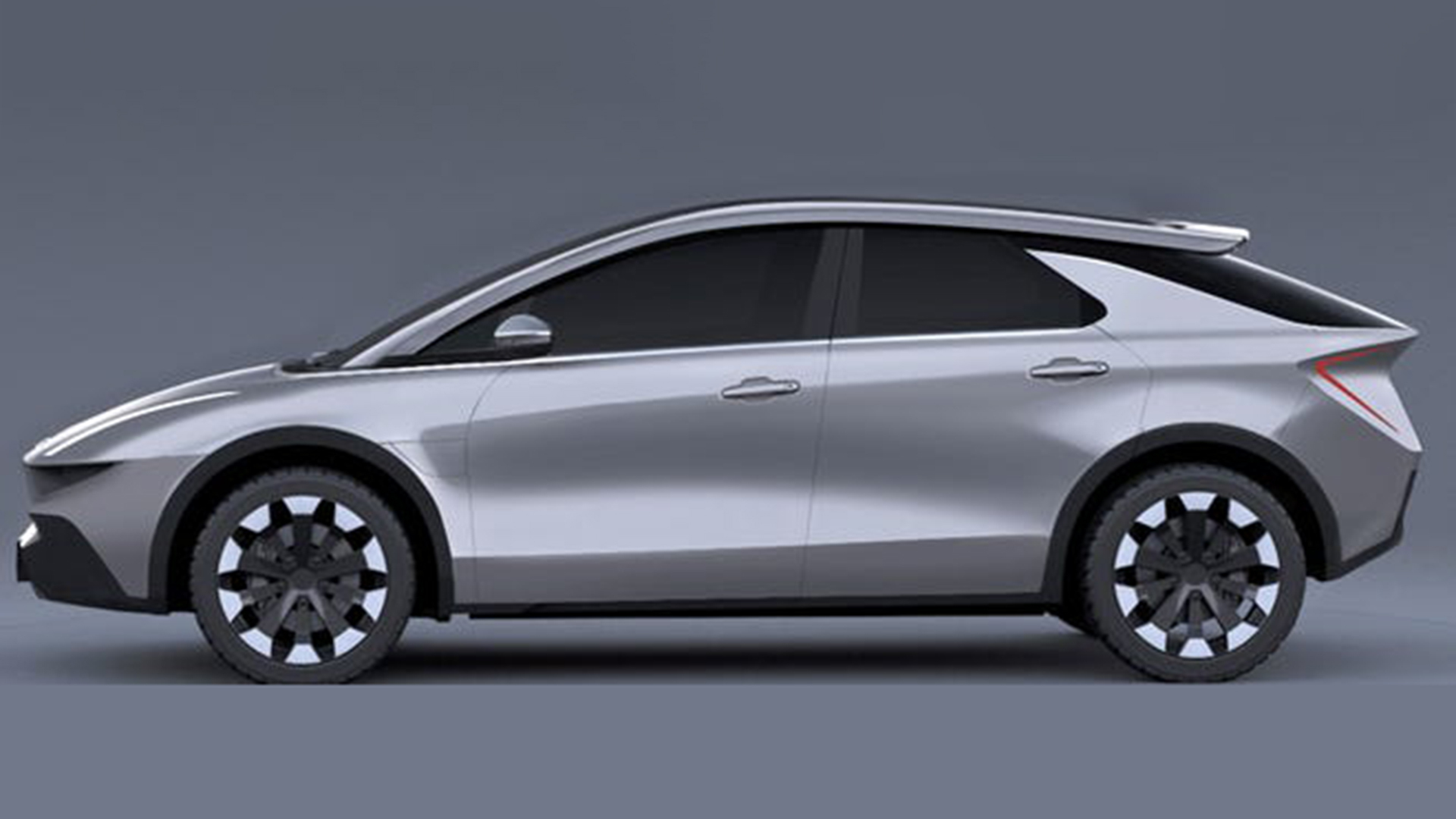

We may earn revenue from the products available on this page and participate in affiliate programs. Learn more ›
Before Ford’s all-electric Mach-E was a member of the Mustang family, it was a futuristic-looking concept that Ford executives were convinced wouldn’t sell. With tall rooflines and a forgettable face, the design of the would-be all-electric vehicle became an impasse to management. Engineers were sent back to the drawing board to create something more memorable, but for a while, there was nothing Mustang about it.
The project began in May 2017. According to the Detroit Free Press, the Mustang Mach-E had been in development for some time already, and its original purpose wasn’t to create a brand icon, but instead to create a vehicle that simply helped meet government-mandated fuel economy targets. But that would all change once Ford executives got a look at what designers had been up to.

Jim Farley, who wasn’t yet Ford’s CEO when the initial concept was revealed, immediately spotted a problem with the design. “When I first saw it … I said, ‘Oh, boy. Houston, we have a problem.'” He went on to call the entire package “a science project,” and with the blessing of then-CEO Jim Hackett, sent the engineers back to the drawing board.
Farley has been credited by other Ford executives as “instrumental” to the Mach-E’s inclusion into the Mustang family. It was him, according to the lore behind the project, that decided to use the Mustang as a spiritual lodestar—inspiration—for the Mach-E. Design concepts were reportedly drawn up that showed more and less Mustang influence until a suitable middle ground was met.
The final product was unveiled at the 2019 Los Angeles Auto Show and while it retained the proportions of a crossover, it now had much more soul.
For starters, the wheelbase was extended while maintaining the overall vehicle length. The Tesla-esque front bumper was made taller, adding Ford’s signature shark nose to the package. Next, the A-pillar was pulled back, which gave the concept a more contemporary look, while the roofline was more closely matched to the Mustang product line, giving it a sportier appearance. It only made sense to then add the Mustang’s quarter panel haunches above either rear wheelwell, and the chef’s kiss was the tri-bar Mustang tail lights to complete the look of the rear-end.

The Mustang Mach-E as we know it today has become much more than just a zero-emission family hauler. In fact, Ford’s decision to add it to the Mustang family of vehicles should speak volumes about the brand’s direction as a whole. And while it might not be a Mustang in the sports car sense (or is it?), it’s a Mustang in terms of importance to the brand.
Got a tip? Send us a note: tips@thedrive.com
